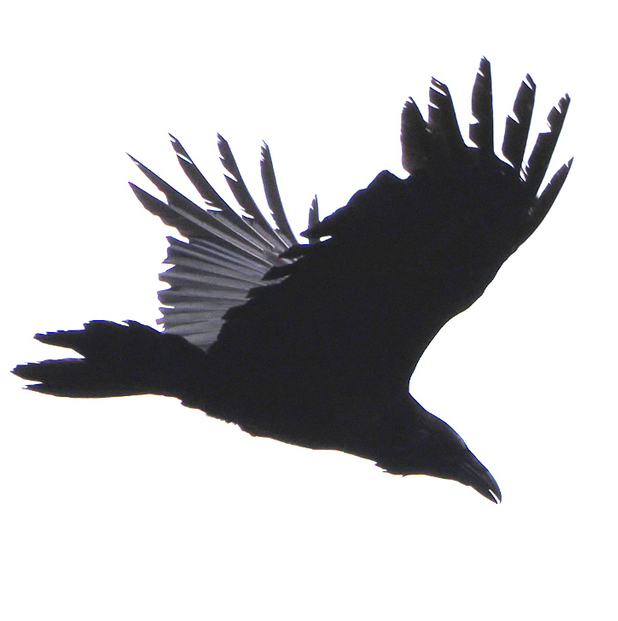
Event Description
Miyo-wāhkōhtowin / Good Relations Project Tour
Step into a transformative journey of unity and enlightenment with the Miyo-wāhkōhtowin / Good Relations Project Tour. This immersive experience offers an Indigenous philosophy-driven exploration, providing an indigenous lens framework to connect with the land. Our mission is to mend and nurture relationships between Indigenous and Non-Indigenous communities, guided by the healing power of rekindling ties with the land.
Embracing the concept of Two-Eyed Seeing, we embark on a collaborative, perpetual learning adventure. We blend the profound insights of Indigenous traditional wisdom with the conventional knowledge of mainstream scientific perspectives. Join us in an exploration that celebrates the intersection of these two worlds.
As Friends of Saskatoon Afforestation Areas Inc., we are deeply committed to the Truth and Reconciliation Calls to Action. In alignment with this national endeavor, we respect the guidance of Elders and survivors. Our focus lies within the historically significant and culturally sacred territory of the Richard St. Barbe Baker Afforestation Area and George Genereux Urban Regional Park. Together, we aim to bridge the relationship between Indigenous people and settler communities, integrating fundamental Indigenous knowledge and languages into our urban forest spaces.
1. How can Indigenous philosophy enrich our understanding of the land and its significance?
2. In what ways does the Miyo-wāhkōhtowin project promote unity between Indigenous and Non-Indigenous communities?
3. What is the concept of Two-Eyed Seeing and how does it facilitate and rekindle ties with the land: s?
4. What does reconciliation look like within an urban forest, such as the Richard St. Barbe Baker Afforestation Area?
5. How do educational conversations and guided tours contribute to building awareness and understanding around Indigenous history and culture?
6. What role does the revitalization and preservation of Aboriginal languages play in the ongoing process of reconciliation?
7. How can the naming of Indigenous species of flora and fauna contribute to Indigenous ways of knowing this territory?
8. What makes Tammy Adair’s approach to engaging with Elders and Traditional Knowledge keepers a crucial aspect of the Miyo-wāhkōhtowin project?
9. How does the Miyo-wāhkōhtowin project align with the Truth and Reconciliation Commission Calls to Action and the UNDRIP United Nations Declaration on the Rights of Indigenous Peoples?
10. In what ways does the Miyo-wāhkōhtowin project promote unity through shared learning? What would be good next steps?
11. Have you heard of the National Healing Forest Initiative?
12. Have you heard of the Richard St. Barbe Baker Afforestation Area Management Plan virtual open house?
Register NowEvent Details
2023-09-22
6:30 pm - 8:30 pm CDT
Richard St. Barbe Baker Afforestation Area, Saskatoon, Saskatchewan
Contact Information
Friends of the Saskatoon Afforestation Areas Inc.
friendsafforestation@gmail.com